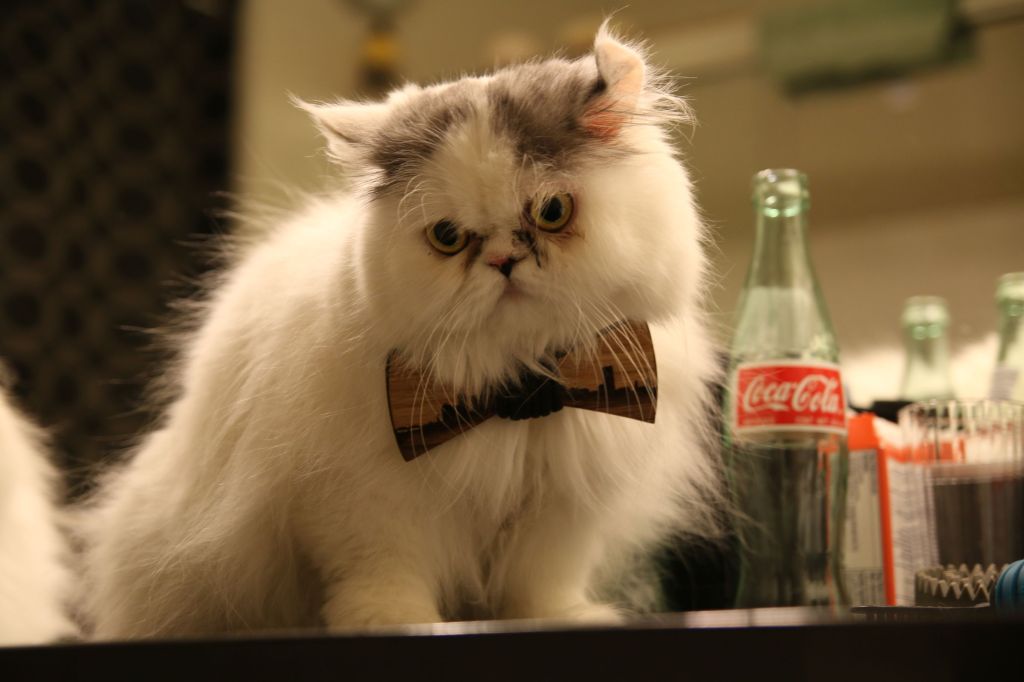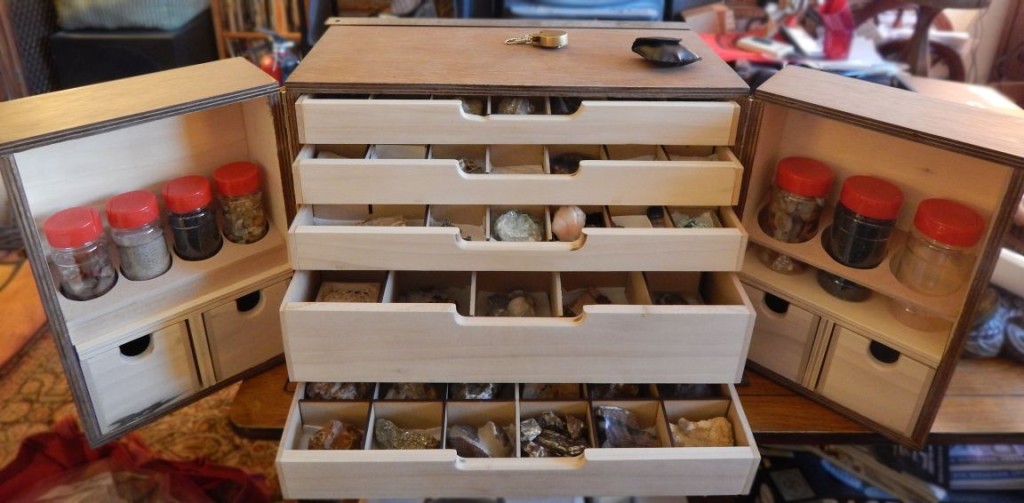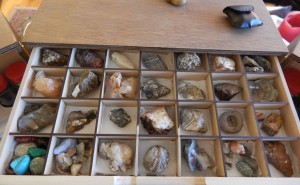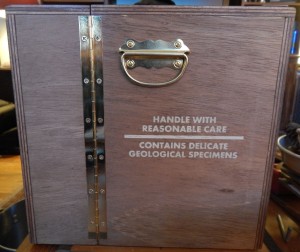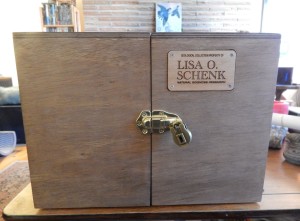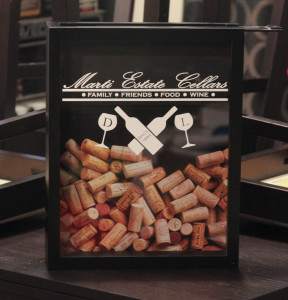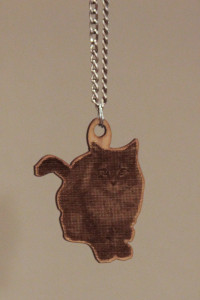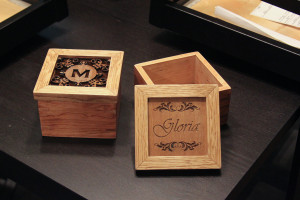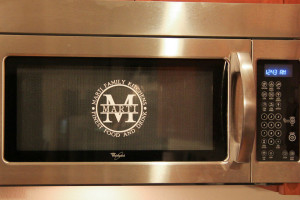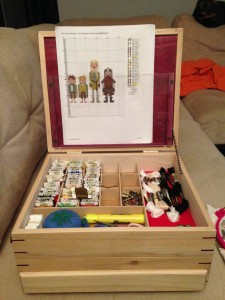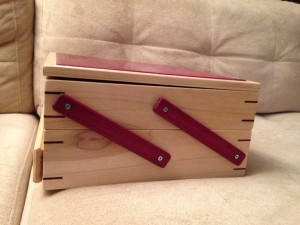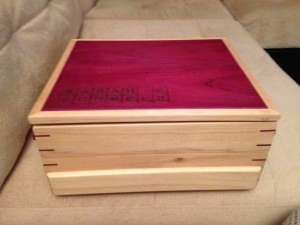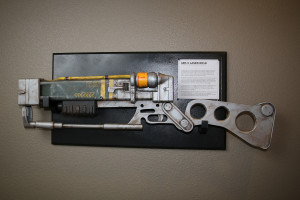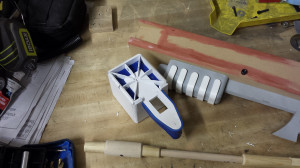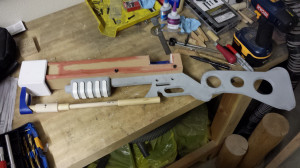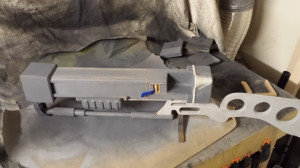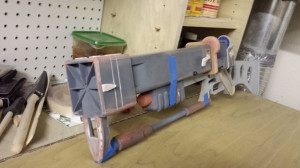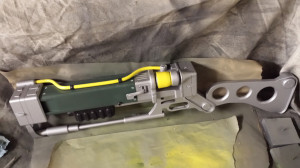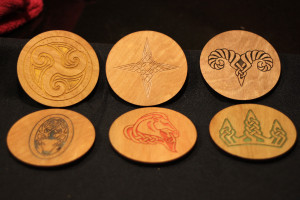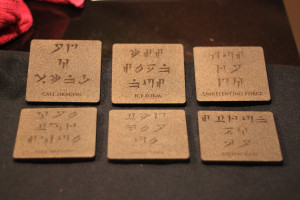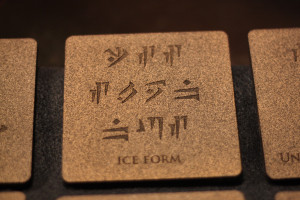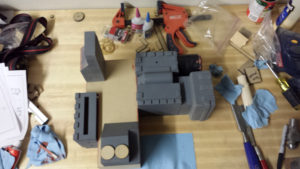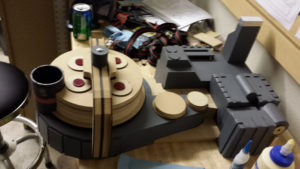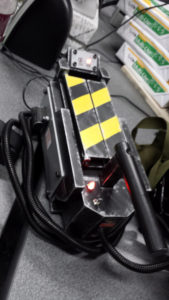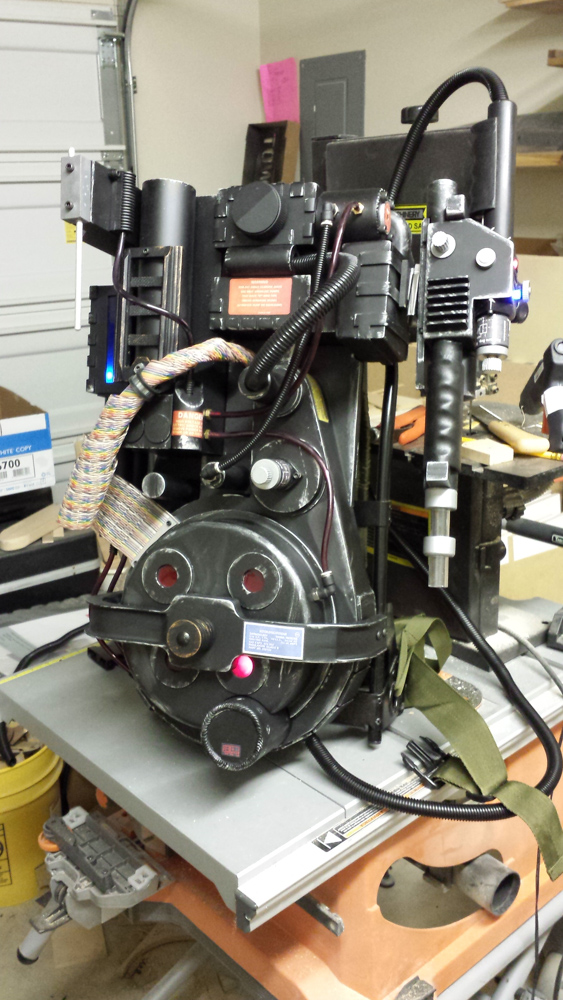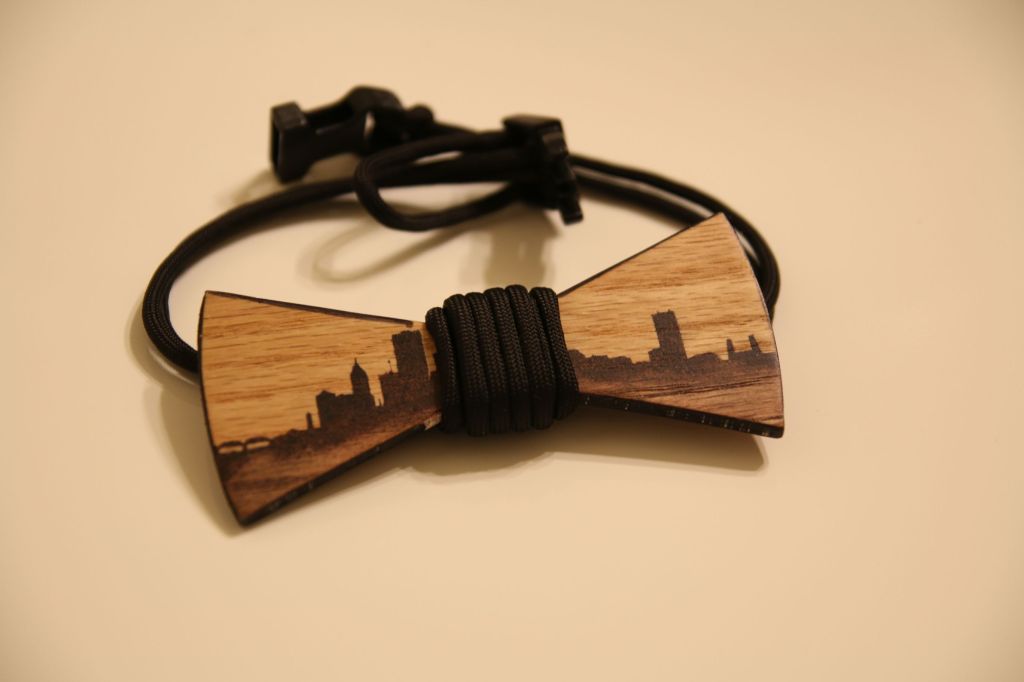
Christmas party at work, and someone had the idea of all the guys wearing a bow tie on that day. I only have two ties, and neither of them bows, so I figured I’d either stop at Goodwill before then for one, or come up with a solution of my own to this tie problem.
Welp, the night before, I still have no bow tie. So I got online and google “how to make a bow tie”. I’ve got some fabric scraps around, and I could come up with something. However, much to my delight, I see that there are some hipsters who have come up with the idea of making a tie out of wood. Much easier for me to make a wood tie than a fabric tie.
Since I don’t have an actual tie to work with, I need to find out what the dimensions of a bow tie are (fun fact: 4.5″ x 1.75″). Sketched out a bow-tie shape in Illustrator, then overlaid a stylized silhouette of Portland from Google image search. Sent the pattern to my Silhouette, pulled a thin piece of oak ply out of the scrap bin, then cut the pattern out on the band saw.
Rattle-can of black paint over the stencil, and then a light wash of wood stain. I noticed that the wood stain started smearing the rattle-can paint, so I used that effect to have the city fade out at the bottom. The edges of the ply are pretty light, so I used a sharpie around the outside edge. Finish it off with a light spray of matte clear coat, and the hard part is done.
Found a scrap of black paracord I haven’t found a use for yet, wrapped it around the middle, and then put some side-release buckles on the ends. All done!
Got plenty of compliments at work about the tie, and it did look pretty alright. But with the party over, I don’t really have a good use for the tie. I thought about just pitching it back into the scrap bin, but I found a better use for it: The Collar of Shame.
